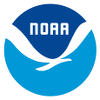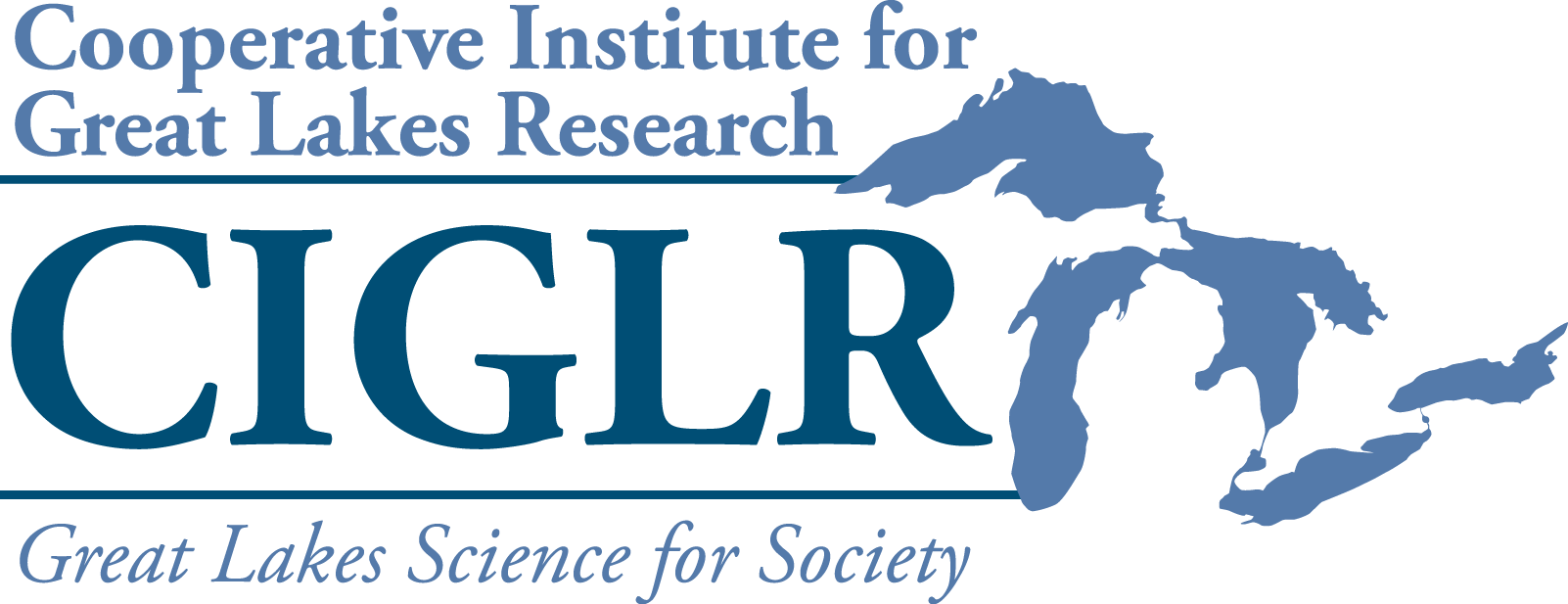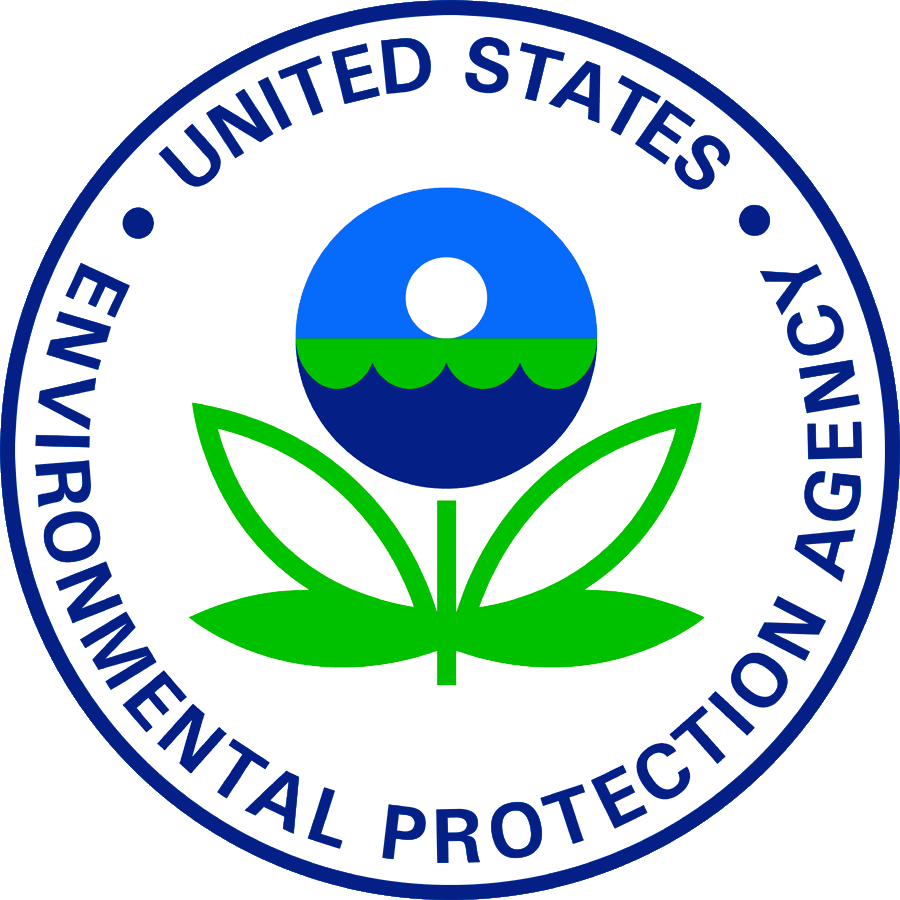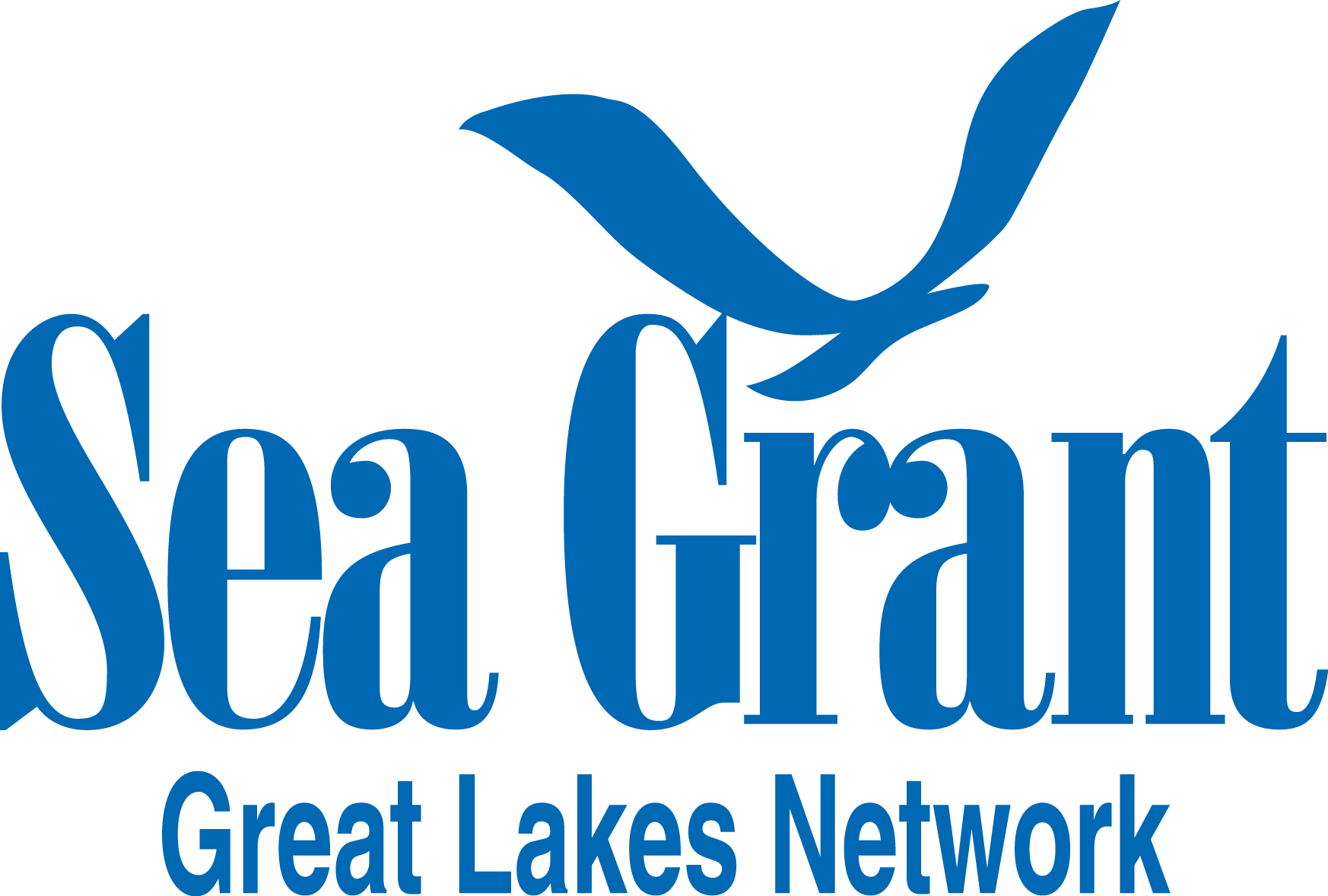For Great Lakes researchers using GLANSIS:
Do you work with herbarium records, fisheries data, or other verified collections of species information in the region? We are always looking to add to our records using both historical and recent data. If you have a spreadsheet of collection records you would like to share with us, please email rochelle.sturtevant@noaa.gov to learn how to contribute.
For anyone who may have found a Great Lakes invader:
Think you’ve found a new invasive species in the Great Lakes region? Here’s how to help. First, please check the GLANSIS list generator to make sure that the organism you have found has not already been found in your location. To do this:
- Enter the common name into the search field and click Submit.
- Click on the scientific name to bring up the fact sheet.
- Scroll to the link which reads Great Lakes Region Collection Information and click to bring up all the locations where that organism has been found.
- Browse the list to look for your location.
- If the organism you found isn’t listed for your location, you may have found a new invader! Please report your discovery to our partners at USGS using the instructions below.
How to report invasive species found at new locations:
You will need:
- A specimen, or photo capturing its key features, to confirm ID. In other words, take a sample (a leaf, a shell, etc.) and/or a picture of the organism. This will help us confirm your identification
- Date located/observed
- The location of where you found the species, GPS coordinates preferred (get those on-site before you forget). We really want longitudinal and latitudinal coordinates, which you can find by using your phone or other GPS equipped device. If you don’t have the coordinates, look for landmarks or other things that can help us distinguish exactly where you found the organism. For example: "within 2 yards of the public beach boat access on Green Lake"
- Your contact information
More detailed instructions are provided through the USGS reporting form.
Why we need your help finding invasive species:
- There are more than 187 nonindigenous species in the Great Lakes region…
- There are 94,000 square miles of water…
- There are 200,000 square miles of land in the basin…
- ….and there are only about 100 dedicated AIS biologists in the entire region. We appreciate all the help we can get!











